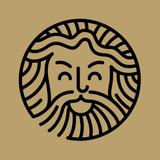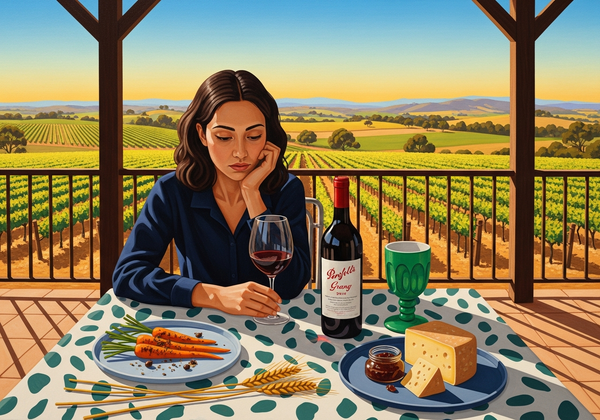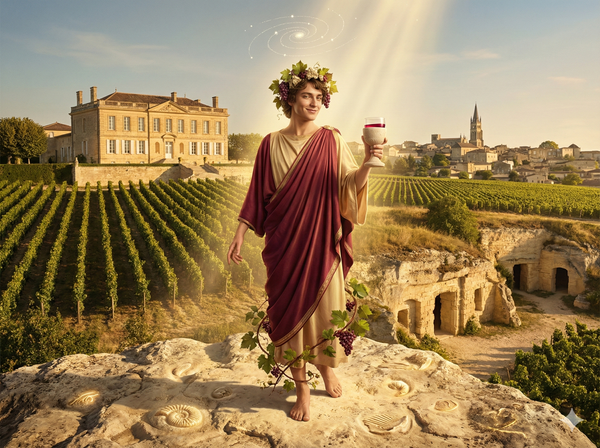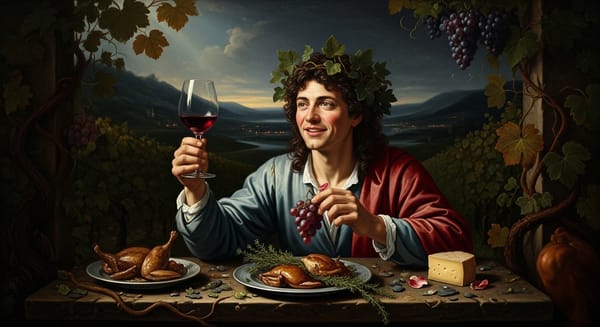Tuscan Lightning in a Bottle: Tignanello 2016 Is Primed to Jolt Your Bottom Line
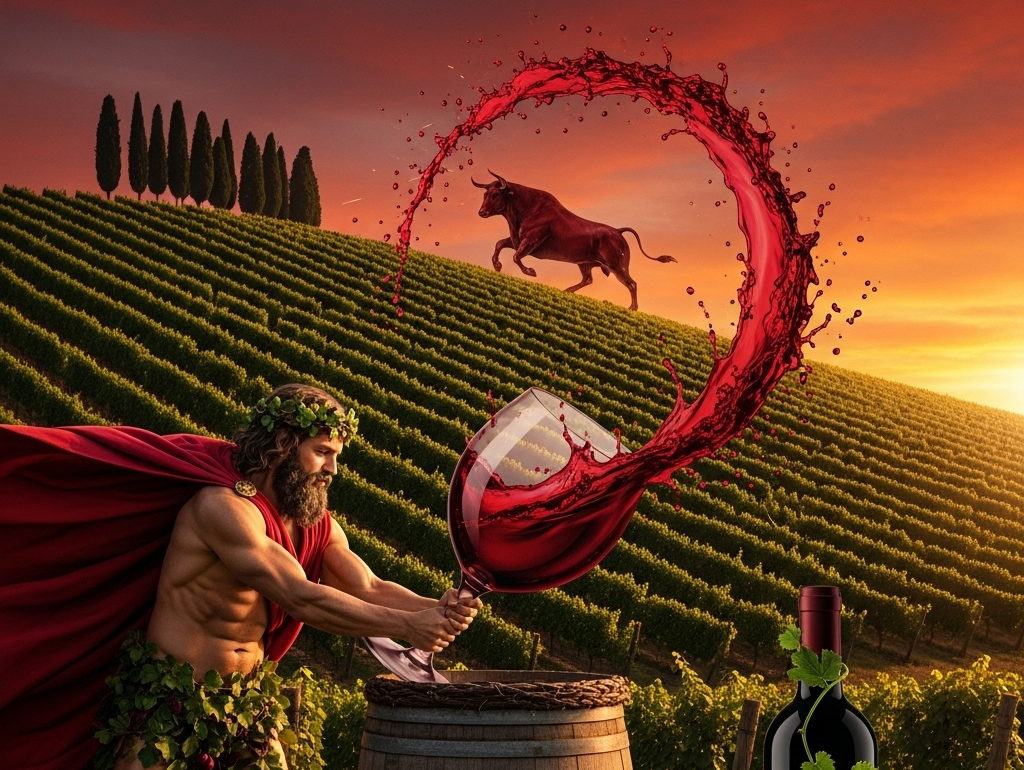
Bacchus relives the night he wired a thunderstorm straight into Antinori’s limestone ridge, then proves why a 98-point Super-Tuscan trading around $220 still looks undervalued next to your blue-chip equities.
When the Storm Became Wine
Back in October 2016 a freak squall rolled off the Tyrrhenian Sea and cracked open above Tenuta Tignanello. I was there incognito - soot-streaked like a chimney sweep hired to clear the estate’s fireplaces. As forks of white fire danced over the vines, I climbed a fermenting tank and drove the head of my pruning knife into the steel lid, grounding the lightning straight through the must. The charge fused Sangiovese’s wild cherry with Cabernet’s graphite in a single electric heartbeat. Piero Antinori still thinks the vintage’s explosive perfume came from “perfect diurnal ranges.” I know better. I fed the storm to the grapes, and the bottle still hums with that current.
What the Market Is Paying for That Electricity
- Average list price: $220 per 750 ml with lows near $135 and highs around $335
- Release price (2019): roughly $110, so the wine has doubled yet remains an entry-level luxury purchase
- Scorecard: 98 Vinous and 97 Wine Advocate mark it as the joint-highest rated Tignanello to date
- Production: about 5 000 cases bottled under the lightning sky - scarce for a label with global demand
Current Pulse and Near-Term Charge
The broader fine-wine index sagged four percent in early 2024, yet Tignanello 2016 never lost its bid floor. Exchange data from London shows it among the top five traded Italian wines each quarter, and US retailers report shelves turning over in under thirty days. Drinkers are finally pulling corks as the wine eases into its first window (2025–2040), which drains supply while lifting ask prices roughly nine percent year-on-year.
Why the Fuse Still Burns Bright
- Relative-value gap: The lower-scoring 2015 hovers only a few dollars cheaper, while 2018 commands a fifteen-percent premium for equal scores.
- Pop-culture magnet: Viral sommeliers tag it the “gateway Super-Tuscan,” funneling first-time collectors into the market each week.
- Restaurant consumption: Vertical flights in New York, Dubai, and Singapore vaporize dozens of bottles every weekend, eroding global inventory in real time.
Risks Are Manageable
Counterfeits remain rare thanks to high-tech labels, but heat-damaged stock is common. Stick to in-bond purchases or merchants with temperature logs. Macro shocks can clip short-term prices by ten to fifteen percent, though the label’s history shows quick rebounds once confidence returns.
Bacchus’s Call
Any print under $230 is green light enough to back up the cart. Hold five to seven years. Either you book double-digit annualized gains or you rip the cork on ruby-charged thunder that started life as a bolt from my own hand. Both outcomes feel like victory.

